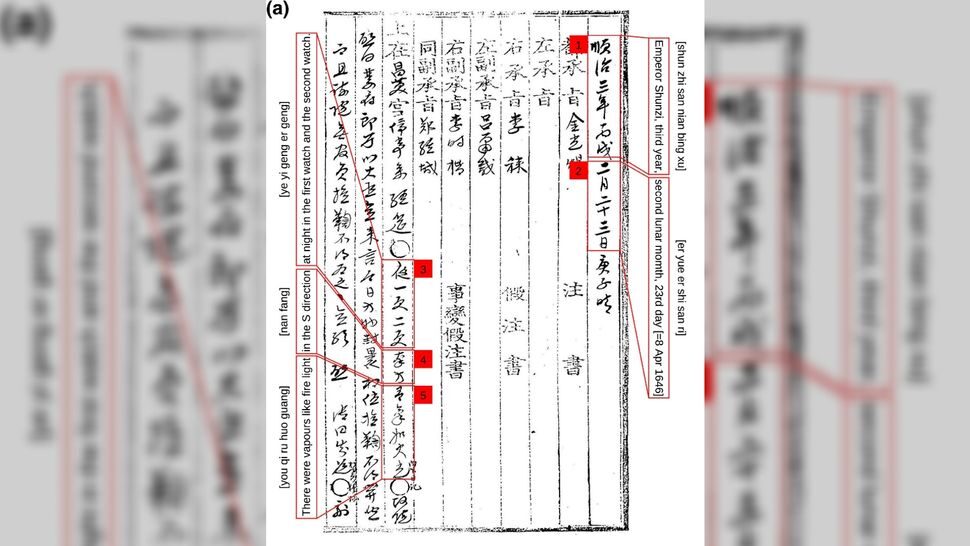
The sun's solar cycles were once around three years shorter than they are today, a new analysis of centuries-old Korean chronicles reveals. This previously unknown anomaly occurred during a mysterious solar epoch known as the "Maunder Minimum," more than 300 years ago.
The sun is constantly in a state of flux. Our home star cycles through periods of increased activity, known as solar maximum, when solar storms become more frequent and powerful, as well as spells of reduced activity, known as solar minimum, when solar storms almost completely disappear.
Comment: According to Russian professor Valentina Zharkova, who has been warning of the hazards that accompany a 'grand solar minimum', solar storms become less frequent during a minimum but when they do happen they have the potential to be even more powerful, and harmful, than during maximum.
It currently takes about 11 years for the sun to complete a solar cycle, from minimum to maximum and back again.
Comment: Other cycles have also been found to be occurring alongside the better known 11 year cycle: Two solar cycles occur at the same time, lasting 17 years each, new study reveals
Scientists can track the sun's progress through a solar cycle by counting the number of sunspots on the star's surface, which appear more frequently in the lead-up to and during solar maximum.
But just as the sun fluctuates within individual cycles, historical sunspot records show that over longer periods, spanning decades or centuries, the overall output of solar cycles can also rise and fall.
The Maunder Minimum, sometimes referred to as the Grand Solar Minimum, was a period of greatly reduced solar activity between 1645 and 1715 when sunspots "effectively disappeared," Scott McIntosh, a solar physicist at the National Center for Atmospheric Research in Colorado who was not involved in the recent research, told Live Science in an email.
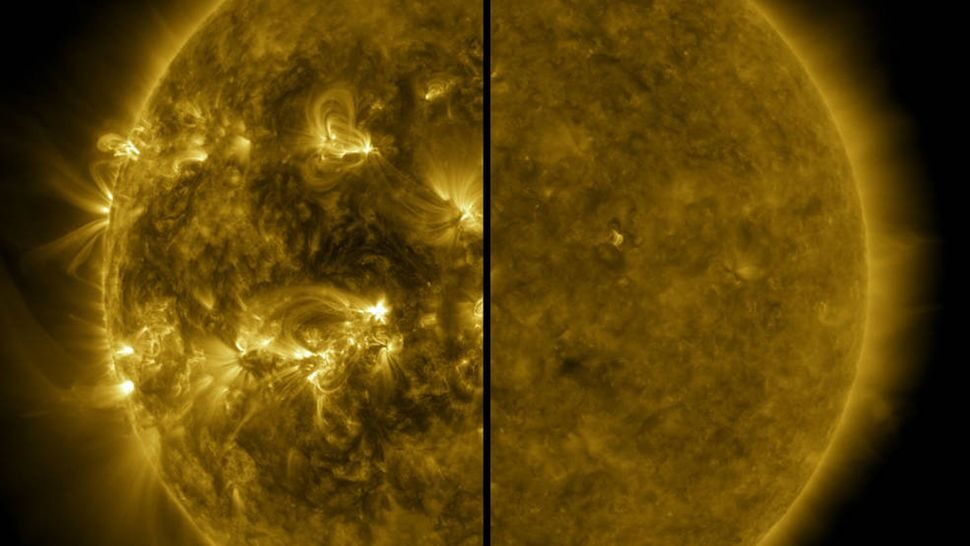
Comment: Which has also been linked to other kinds of catastrophic activity: Volcanoes, Earthquakes And The 3,600 Year Comet Cycle
Sunspot records paint a general picture of the Maunder Minimum, which is named after the English astronomer Edward Walter Maunder. But there is still much about the period that scientists don't know.
In the new study, published Oct. 3 in the journal AGU Advances, researchers analyzed historic auroral records from Korea and found that solar cycles during the Maunder Minimum were only eight years long on average — three years shorter than modern cycles.
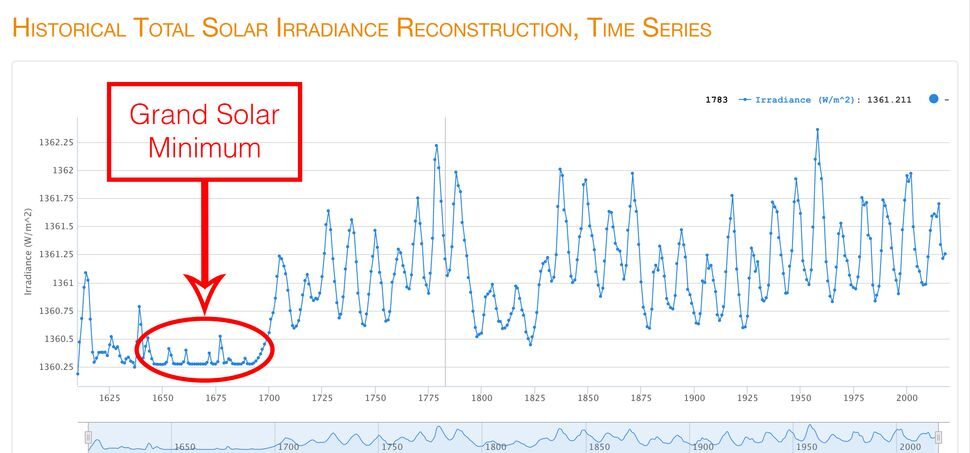
The astronomical sections of the chronicles frequently speak of "red vapors" or "vapors like firelight." The researchers believe these descriptions refer to the West Pacific Anomaly (WPA) — an area above Korea that produces regular red auroras despite being far from the magnetic poles. Like other auroras, the WPA occurs when solar radiation collides with Earth's magnetic shield. But unlike other auroras at the time, these lightshows persisted despite a decrease in solar activity because the Earth's magnetic field is thinner in this region, which makes them a great proxy for solar cycle progression, the researchers wrote.
Comment: As we're discovering in our own time, it may be that some of this recorded atmospheric phenomena may differ, and increase,y during significant shifts in our terrestrial and cosmic environment: Mysterious 'aurora disco blobs' seen across Europe during April geomagnetic storm explained
The dates when these auroras occurred show that solar radiation from the sun followed an eight-year cycle.
Scientists don't know what causes long-term solar cycle trends like the Maunder Minimum, McIntosh said. There are "many things" that could influence solar activity over such long periods, he added. It is also unclear why the solar cycles shortened during that time. But the new findings could provide "pivotal clues" in understanding this mysterious epoch in greater detail, researchers wrote in the paper.
Comment: There's strong evidence that suggests these involve our sun's elusive binary star: Possibility of hidden planet '9' in the Kuiper Belt revealed in new research by Japanese physicists
Over the last few solar cycles, solar activity has decreased slightly, and there have been some slight fluctuations in cycle length. This led some experts to predict that we were entering a new epoch of reduced solar activity.
However, the progression of the current solar cycle, which has been very active and is fast approaching solar maximum, suggests this is not the case.
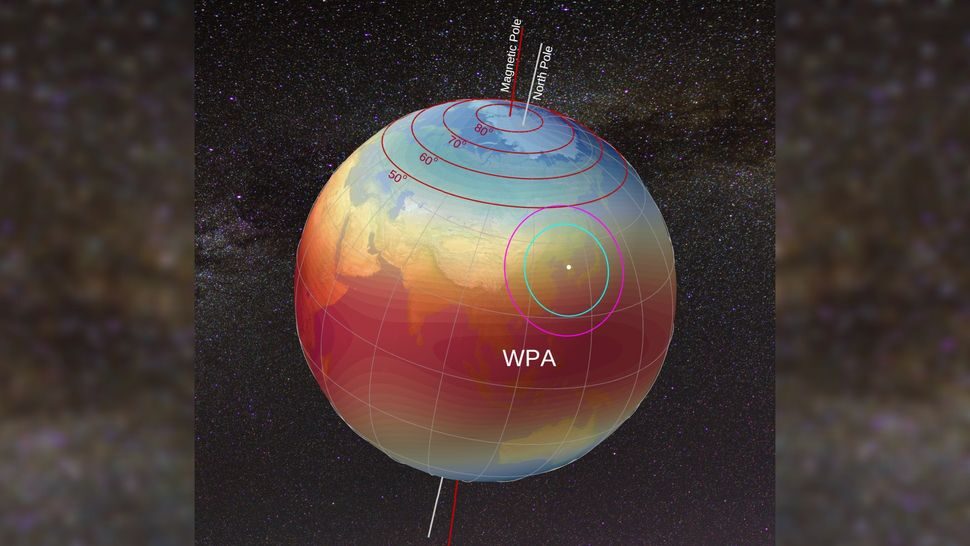
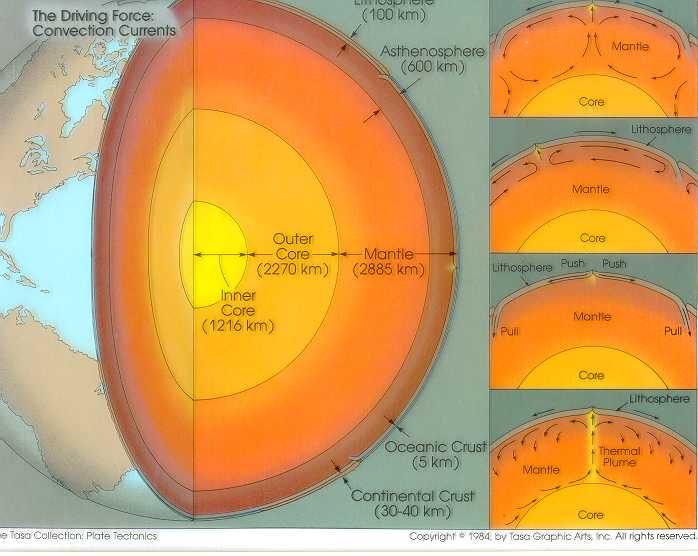

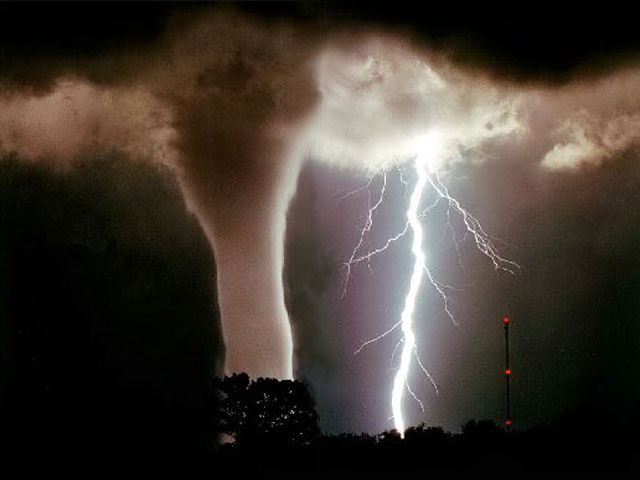



Should we worry about Earth's magnetic poles reversing?
What will happen when north-pointing compasses make a 180-degree turn toward Antarctica? Will the continents tear themselves apart, or are we in store for much more mundane changes?How did the Rocky Mountains form?
[Link]